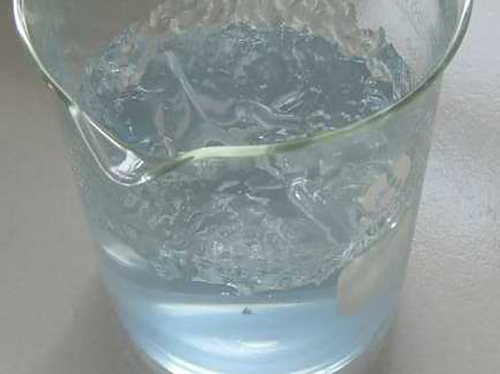Understanding the Distinctions Between Flocculants and Coagulants in Water Treatment Processes
The Difference Between Flocculants and Coagulants
In the realm of water treatment and purification processes, the terms flocculant and coagulant are often used interchangeably, yet they refer to distinct chemical agents that serve different functions. Understanding their differences is crucial for professionals in environmental science, water treatment, and related fields, as it enables the effective application of these substances to achieve optimal water quality.
Definition and Function
Coagulants are chemical agents that promote the aggregation of suspended particles in water. They work by neutralizing the electric charges that keep these particles apart, allowing them to clump together or coagulate. Common examples of coagulants include aluminum sulfate (alum), ferric chloride, and polyaluminum chloride. These substances are typically used in the initial stages of water treatment to remove turbidity and pathogens by facilitating the formation of larger aggregates known as flocs.
On the other hand, flocculants are substances that further enhance the aggregation process initiated by coagulants. They aid in combining smaller flocs into larger ones, improving the settling process and enabling easier removal of solid contaminants from water. Common flocculants include various types of polymers, such as anionic and cationic polyacrylamides. These agents can significantly increase the efficiency of sedimentation and filtration processes.
Mechanism of Action
The mechanisms by which coagulants and flocculants operate are fundamentally different. Coagulants typically function through hydrolysis, whereby the coagulant compounds dissolve and react with water to form hydroxides. These hydroxides interact with suspended particles, neutralizing their charges and encouraging them to aggregate.
Flocculants, on the other hand, work primarily through a physical mechanism. They are long-chain polymers that can bind multiple particles together through a mesh-like structure. This creates larger, denser flocs that settle more rapidly and can be easily removed from the water column. The effectiveness of flocculants is often influenced by their molecular weight and charge density, which determine how well they can interact with specific particulates.
difference between flocculant and coagulant

Application and Use Cases
In practice, the use of coagulants and flocculants often occurs in tandem within a treatment process. For instance, in drinking water treatment, coagulants are first added to destabilize the particles, followed by flocculants to help form and aggregate larger flocs. This dual approach maximizes solid removal efficiency, leading to clearer and safer water.
Different industries also utilize these agents in various applications. Coagulants are widely used in municipal water treatment, industrial wastewater management, and even in the oil and gas industry for separating solids from liquids. Flocculants find their use in similar arenas but are particularly valuable in sludge treatment, where their ability to enhance settling rates is critical.
Environmental Aspects
It's important to consider the environmental implications of using coagulants and flocculants. Some coagulants, like aluminum sulfate, can lead to increased aluminum levels in treated water, which may pose health risks if not properly managed. Meanwhile, synthetic flocculants, especially those based on polyacrylamides, can have environmental repercussions if they are not adequately removed from wastewater. As such, ongoing research is focused on developing more sustainable and eco-friendly alternatives to traditional chemical agents.
Conclusion
In summary, while both coagulants and flocculants are essential in the water treatment process, they serve different purposes and operate via distinct mechanisms. Coagulants initiate the aggregation of particles, while flocculants enhance this process, leading to improved water quality. Knowledge of their specific functions and applications is vital for effective water treatment practices, ensuring safe and clean water for use across various sectors. As the industry moves towards more sustainable practices, understanding these differences will contribute to more efficient and environmentally-friendly water treatment solutions.
-
Water Treatment with Flocculant Water TreatmentNewsJun.12,2025
-
Polymaleic AnhydrideNewsJun.12,2025
-
Polyaspartic AcidNewsJun.12,2025
-
Enhance Industrial Processes with IsothiazolinonesNewsJun.12,2025
-
Enhance Industrial Processes with PBTCA SolutionsNewsJun.12,2025
-
Dodecyldimethylbenzylammonium Chloride SolutionsNewsJun.12,2025





